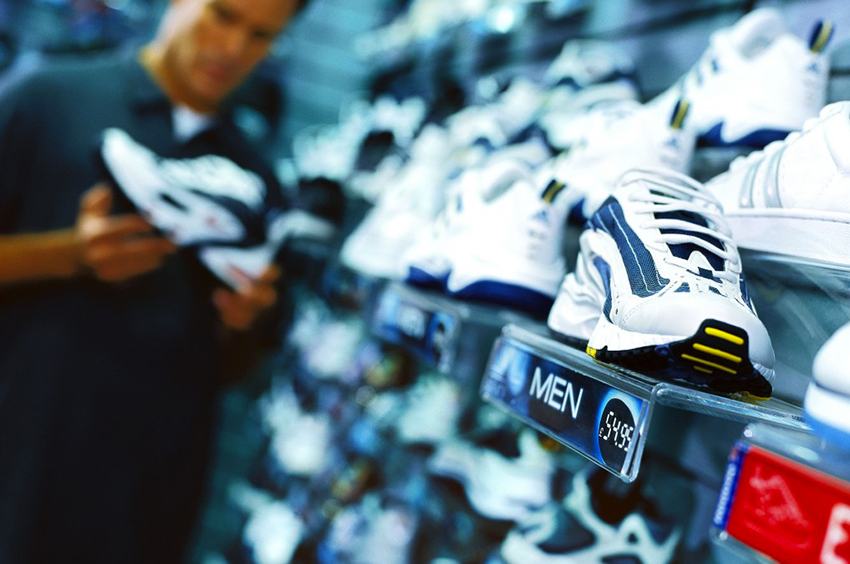
Very little seems to polarise runners more than the choice of running shoes. Whether they be they stability, motion control, minimal, barefoot, zero drop or the newly fashionable maximally cushioned running shoes, there appears to be evidence supporting and countering the benefits of every type of running shoe on the market. Are shoes really the cause of running injuries, or do they protect us as the running shoe manufacturers claim? Shouldn’t we instead to take a closer look at our running technique and training before we blame the shoes for our aches and pains?
For non-experts (that means most of us) the purchase of a new (or even more difficult, the first) pair of running trainers can be a difficult and confusing process. A few searches on the web reveal not only an almost unlimited range of brands and technical features, but digger a little deeper and you’ll find accusations, counter accusations, talk of the barefoot running movement versus the anti-barefoot gang…so just how do you decide what is best for you?
Development of running shoes really took off in the running boom in the seventies (25 million Americans took up jogging in the late seventies) with the launch of the model “Nike”, the first ASICS running shoes, and Adidas jogging shoes. See history here or take a look at this infogram.
Until then athletes had run in basic shoes with little cushioning or support, manufactured without the technology that is available for us today. (And of course, as the minimalists argue, for hundreds of years no-one wore shoes at all). However, in the 1970’s it wasn’t fit young athletes that had grown up without shoes that starting running, it was the general population of the US and Europe. That meant people of all shapes, sizes, ages and fitness levels started pounding the streets. And as mass participation in running grew, so did the number of injuries.
Shoe manufacturers had the solution, developing a range of shoes, often in conjunction with, or using technology developed by, podiatrists to protect us from all of our running issues – be it overpronation, supination, problems caused by poor biomechanics as the list goes one – and that was before the midfoot, heel strike debate had even began.
Recently there has been a backlash against the high technology, highly protective shoes. This was perhaps accelerated when in 2009, American author and journalist Chris McDougall published his book “Born to Run”. Inspired by the Tarahumara Indian tribe with their ability to run ultra distances at speed wearing just thin sandals called huaraches – without suffering the injuries that plague many of us – Chris McDougall blamed the shoes for our numerous injuries.
And suddenly we were enlightened, this was the solution. The shoe companies manufactured minimalist ranges for those of us not brave enough to actually run barefoot. And for many it has been the solution. And for many it hasn’t. Whilst some argue that cushioned shoes prevent the body from reacting to stimulus, that with very careful training and a slow switch we can re-train ourselves out of shoes and learn to run how nature intended, resolving injuries, others claim that this minimalist approach has caused injury where none existed previously, or has simply shifted the problem.
So how do we decide which shoes are right for us, if we don’t have time to study for a degree in podiatry before visiting our local running shop?
Unless like Mo Farah we have a team that has studied every element of our running technique prepared to invest in a million dollar pair of running shoes, it comes down to personal choice, comfort and trial and error.
For years I ran in very supportive, stability shoes, usually purchased after witnessing the running shop manager’s cry of horror having watched me run on a treadmill in-store. However, one day, following time off after injury, it was suggested I try a lighter pair of shoes, my beloved Adidas Bostons – and I’ve never looked back. But at the same time, I’ve had a lot of help and advice on improving my rather unique running technique, and BMI is around 19 – so it the shoes or other factors that have helped keep me injury free?



 Subscribe to our newsletter to have the latest updates delivered straight to your inbox.
Subscribe to our newsletter to have the latest updates delivered straight to your inbox. TRI60 DISTANCE TRAINING
TRI60 DISTANCE TRAINING 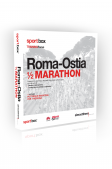 Sportbox Training Focus Roma-Ostia Half Marathon 2019
Sportbox Training Focus Roma-Ostia Half Marathon 2019 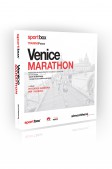 Sportbox Training Focus Venice Marathon 2019
Sportbox Training Focus Venice Marathon 2019 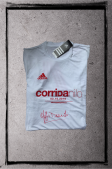 t-shirt limited edition autographed by Danilo Goffi
t-shirt limited edition autographed by Danilo Goffi 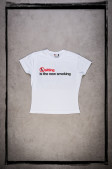 Women's Sitting technical t-shirt
Women's Sitting technical t-shirt 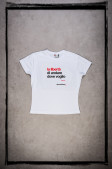 Women's dove voglio technical t-shirt
Women's dove voglio technical t-shirt 
Thank you for this informative article, it’s really helping me.
Amarican Bangla Newspaper
Thank you for making the time to write this interesting blog post. I’m sure your readers will take heed of your comments on this subject.drip spa